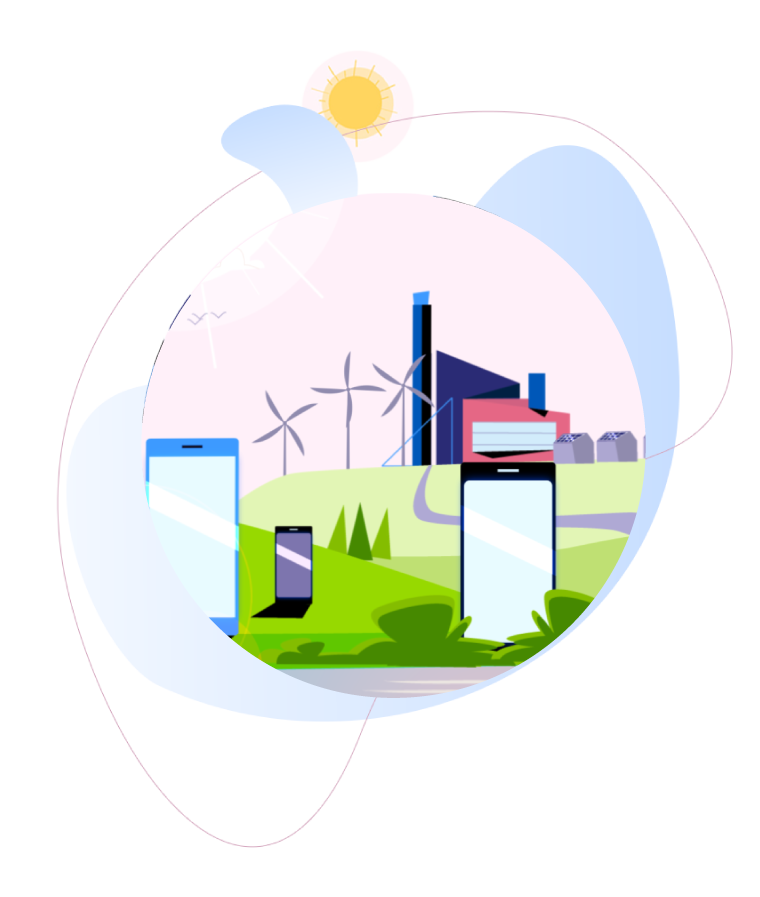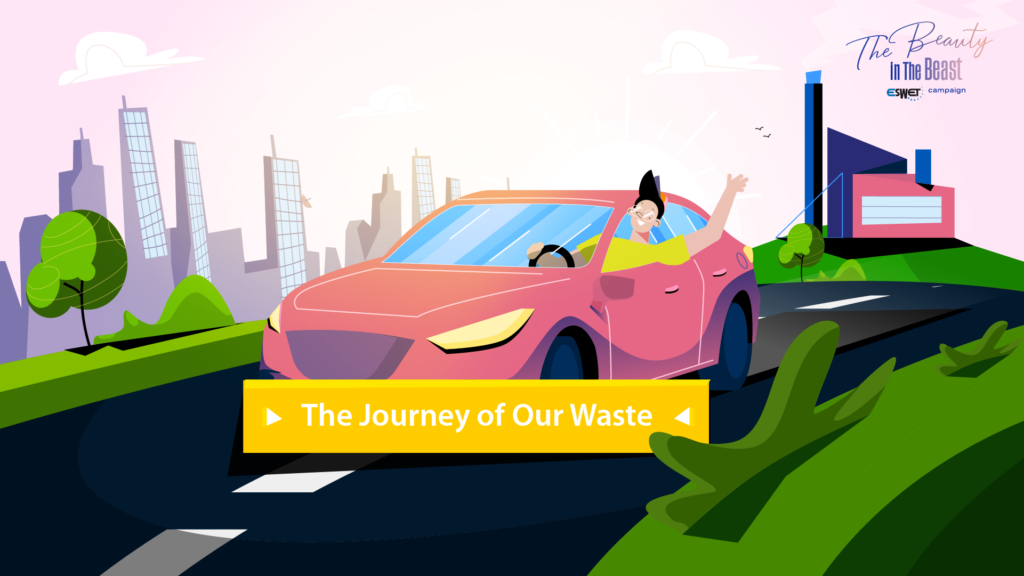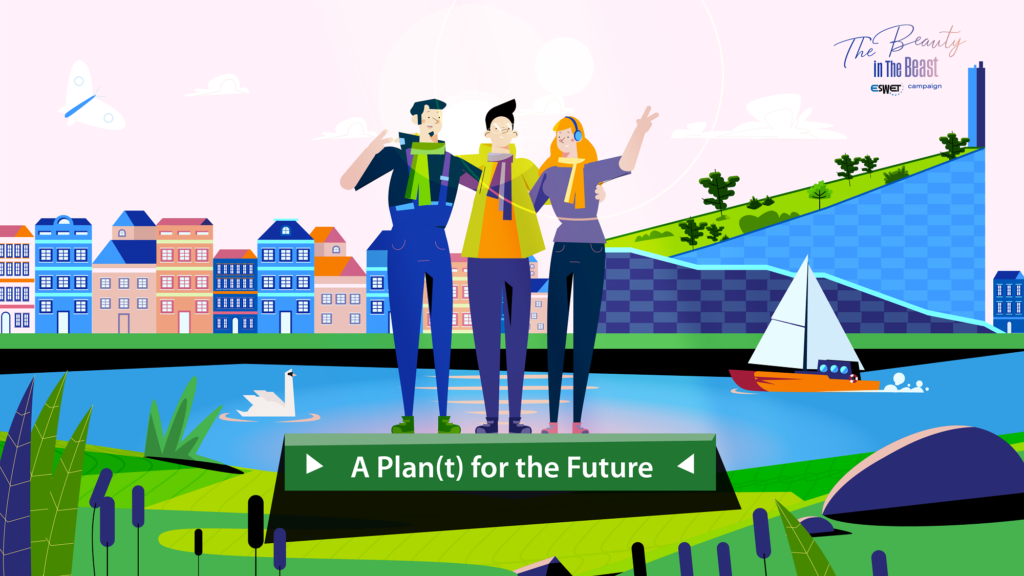The average European could expect to find a wide array of objects in their local waste management facilities. Some of these were a part of a person’s story, while some have their own story. And while some of these stories might come to an end on a waste treatment process, some stories start there.
And what type of objects have their story started in waste treatment? Many – but there is one whose path will surely leave a mark more than any other: a golden ring. But how to turn waste into gold? With recycling, of course, but not only. Many fractions of gold surprisingly end up in non-recyclable waste, with the risk of being lost forever. And there, the answer lies in Waste-to-Energy plants and in the process of “material recovery”.
How Can Waste and Gold Be Related?
With civil society gradually paying more attention to how waste is avoided, treated, and disposed of, there has been a positive shift in people’s behaviours, progressively trying to reduce the waste derived from their lifestyles. Similarly, what cannot be reduced can be reused; what cannot be reused can be recycled, and what cannot be recycled can become energy as well as serve as a basis for new products.

While the waste is turned into electricity and heat for the community, important resources still lie in the bottom ash that remains after the combustion process. Indeed, the bottom ash can contain a layer of materials such as copper, silicon, calcium, iron, aluminium, steel, sodium, magnesium, potassium, zinc, barium, lead, and – last but not least: silver and gold.
How Did This Gold Get There?
Waste-to-Energy plants treat the non-recyclable waste of our households. What are non-recyclable waste examples? Everyday objects that we use regularly such as pizza boxes, ceramics, plastic wraps. The recovered metals in the bottom ashes may also come from composite products, which makes them difficult to recycle such as nails in wooden objects, zippers in clothes, copper wire bits, and stainless steel ballpoint pen tips.
Gold exists in quite unexpected places in our waste. The shimmery golden colour in old book edges or gold-embroidery on clothes; they are gold. In fact, Waste-to-Energy makes the recycling of those compounds within non-recyclable waste possible. In a certain way, it makes non-recyclable waste recyclable.
Are There Enough Materials to Recover in the Bottom Ashes?
From a tonne of municipal waste, an average of 180-250 kg of bottom ash is remaining. Out of that bottom ash, an average of 0.008 gr of gold can be recovered. It may not seem much, but it will contribute to creating a golden ring. An average engagement ring weighs 5 gr, depending on its design. In 2018, the average European generated around 492 kg of municipal waste, with around one-third of this waste treated by a Waste-to-Energy plant. So, it would take about 650 Europeans’ annual residual waste to provide one golden ring.
Gold is not the only valuable material lying in the bottom ash, many other materials may be recovered and in much larger quantities. For instance, if we consider all the Waste-to-Energy plants in Europe, it would be possible to recover almost 1.2 million tonnes of iron, enough to make 164 Eiffel towers, and about 250.000 tonnes of aluminium per year, the amount contained by around 8 billion smartphones.

These materials are thus re-injected into the circular economy with practical and vital applications. They are in fact essentials to the green and digital transition happening in Europe, as metals are key components in electronics, such as laptops and smartphones, but also batteries, solar panels, or wind turbines.
How Does the Environment Feel About This?
These examples highlight the unexpected ways in which the circular economy can function. All in all, the whole quantity of materials recovered by Waste-to-Energy brings a significant positive impact on the environment. The recovery of metals from the European Waste-to-Energy plants in one year could save up to 3.8Mt of CO2eq. For the environment, the impact would be the equivalent of taking off the roads around 825,000 cars. And from an economic point of view, the total metal value could go beyond 550 million €.
On the contrary, the extractive processes of raw metals are highly energy-consuming, emit a great number of greenhouse gases, and can negatively impact natural habitats as they cause soil, air, and water pollution. Critical raw materials are normally extracted outside of Europe. The transports required to import them in the European market further increase their negative impact on the environment.
Recovered materials help the European Green Deal
Recovering materials from waste rather than extracting them is not only in line with the circular economy but also crucial to achieving the environmental objectives set in the European Green Deal. As stressed by the European Commission, “Access to resources is also a strategic security question for Europe’s ambition to deliver the Green Deal” and is “one of the pre-requisites to make this transition happen”.
Currently, the materials recovery rates of Waste-to-Energy plants are not equal everywhere because of different technologies and regulations. That’s why fostering increasing secondary raw materials recovery from Waste-to-Energy is instrumental to the success of EU policies towards decarbonisation and circular economy.





